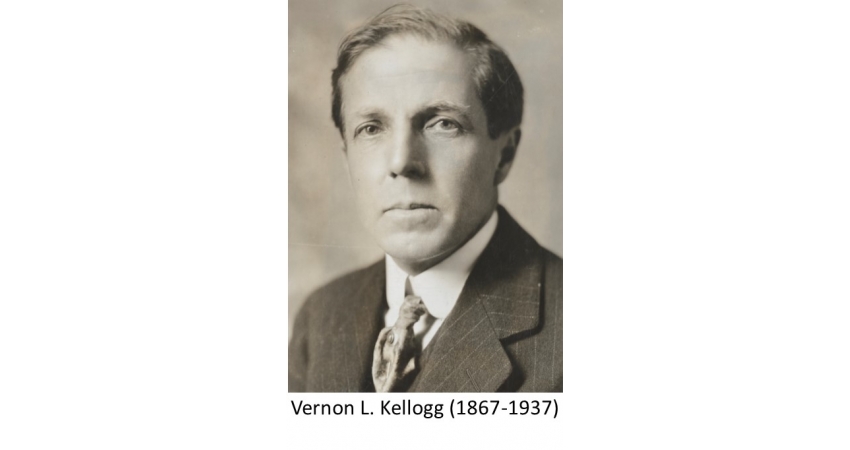
by Vivian Reed
On April 2, 1918, Gibson continued his conversation with Horodyski from Paris:
“Horodyski had a number of things on his mind and took them up one at a time and talked them out.”
First up was the situation in Switzerland, which due to its neutral status and central location, was a hotbed of espionage, intelligence and intrigue. Horodyski was horrified that US Minister Pleasant Stovall had been allowed to return to Bern after being called back to Washington for consultation. Stovall had earned a good reputation for helping stranded Americans get home during the war, but his refusal to become anti-German when the US entered the war was a frustration to some. Horodyski told Gibson: “the Minister [Stovall] has no connections, no views on big matters and that generally everything is going to pieces.” Horodyski suggested that Vernon Kellogg be recruited to replace him because he “has a great deal of prestige from his work in Belgium, he knows the German minds and the German official from dealing with them and that he could do a great work…” It is uncertain if Horodyski could have known at that time the roll Kellogg would be in Warsaw by the end of the year as the chief of ARA operations in Poland and Russia.

After discussing some of the intrigue he had discovered in Bern, Horodyski went on to announce that he “was going to Switzerland to try to meet Pacelli, the Papal Nuncio at Munich who has just been to Rome and is not on his way back. Horodyski wanted to go to Rome to see him there and endeavor to find what he was driving at. He fears that it will be next to impossible in Switzerland as there will be too many spies about to make conversation very safe.”
Pacelli was sympathetic to idea of an independent and Catholic Poland. As An American in Europe continues, more of Horodyski’s negotiations with the Vatican will unfold. No one could know in April 1918 that Horodyski would again appeal to Pacelli (then Pope Pius Xii) from London on Poland’s behalf in 1940.

For now, the mention of Pacelli was the launching point for Horodyski’s next topic (and the topic of the next blog!) – “getting propaganda done for us by the Vatican.”
Please look for the next post when we Horodyski informs Gibson of his plans for soliciting Vatican support. Until then, stay well and thrive!
Vivian
Biographies, links and documentation:
Pleasant A. Stovall (1857-1935) was an American lawyer and journalist who served as the US Minister to Switzerland 1913-1919.
https://sites.google.com/site/thearchalloffame/home/2015-16-recipients/pleasant-alexander-stovall
https://augustamagazine.com/2015/10/01/a-place-in-history/
Vernon L. Kellogg (1867-1937) was an American professor of entomology at Stanford University 1984-1920. During the war years, he took time off to serve with Hoover’s Commission for Relief in Belgium, then assisted Hoover with the US Food Administration. He went on to serve in Poland as the ARA chief of mission to Poland and Russia 1918-1921. Kellogg went on to serve on the National Research Council and other high posts until his retirement in 1931.
https://snaccooperative.org/ark:/99166/w6959xd9
https://oac.cdlib.org/findaid/ark:/13030/kt7z09s25s/entire_text/
Eugenio Pacelli (1876-1958) was the Papal Nuncio to Bavaria 1917-1925 where he focused especially on Allied POW’s in German custody during the war. He was instrumental in having Achille Ratti assigned to Warsaw as Papal Nuncio from August 1918 to his consecration as Pope Pius XI in 1921. Pacelli later reigned as Pope Pius XII 1939-1958.
Owen Chadwick, Britain and the Vatican During the Second World War (Cambridge University Press, 1986)
Neal Pease, “Poland and the Holy See, 1918-1919,” Slavic Review (Autumn, 1991, Vol. 50, No. 3) Cambridge University Press, pp. 521-530. JSTOR